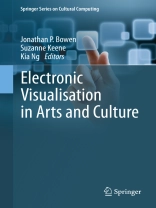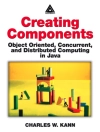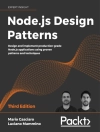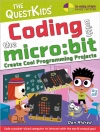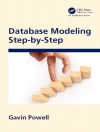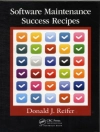Presenting the latest technological developments in arts and culture, this volume demonstrates the advantages of a union between art and science. Electronic Visualisation in Arts and Culture is presented in five parts:
- Imaging and Culture
- New Art Practice
- Seeing Motion
- Interaction and Interfaces
- Visualising Heritage
Electronic Visualisation in Arts and Culture explores a variety of new theory and technologies, including devices and techniques for motion capture for music and performance, advanced photographic techniques, computer generated images derived from different sources, game engine software, airflow to capture the motions of bird flight and low-altitude imagery from airborne devices.
The international authors of this book are practising experts from universities, art practices and organisations, research centres and independent research. They describe electronic visualisation used for such diverse aspects of culture as airborne imagery, computer generated art based on the autoimmune system, motion capture for music and for sign language, the visualisation of time and the long term preservation of these materials. Selected from the EVA London conferences from 2009-2012, held in association with the Computer Arts Society of the British Computer Society, the authors have reviewed, extended and fully updated their work for this state-of-the-art volume.
Mục lục
Foreword.- Preface.- The EVA London Conference 1990–2012: Personal Reflections.- Part I – Imaging and Culture .- From Descriptions to Duplicates to Data.- Quantifying Culture: Four Types of Value in Visualisation.- Embodied Airborne Imagery: Low-Altitude Cinematic Urban Topography.- Back to Paper? An Alternative Approach to Conserving Digital Images into the 23rd Century.- Part II – New Art Practice .- Light Years: Jurassic Coast – An Immersive 3D Landscape Project.- Photography as a Tool of Alienation: Aura.- Fugue and Variations on some Themes in Art and Science.- Part III – Seeing Motion .- Motion Studies: The Art and Science of Bird Flight.- Game Catcher: Visualising and Preserving Ephemeral Movement for Research and Analysis.- m Conduct: A Multi-Sensor Interface for the Capture and Analysis of Conducting Gesture.- Photocaligraphy: Writing Sign Language.- Part IV – Interaction and Interfaces .- Mobile Motion: Multimodal Device Augmentation for Musical Applications.- Legal Networks: Visualising the Violence of the Law.- Face, Portrait, Mask: Using a Parameterised System to Explore Synthetic Face Space.- Facebook as a Tool for Artistic Collaboration.- Part V – Visualising Heritage .- Just in Time: Defining Historical Chronographics.- Beckford’s Ride: The Reconstruction of Historic Landscape.- Reconfiguring Experimental Archaeology Using 3D Reconstruction.
